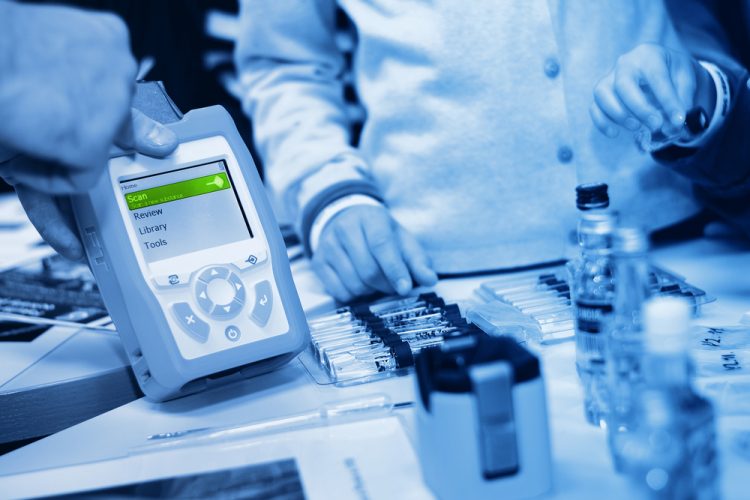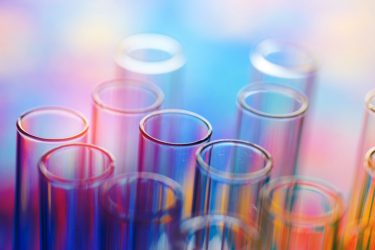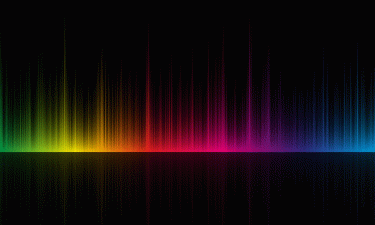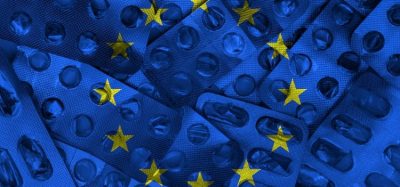Using Raman spectroscopy to combat the threat of counterfeit drugs during the COVID-19 pandemic
Posted: 22 June 2020 | Dr Saurabh Kumar Banerjee (IIHMR University) | 1 comment
Dr Saurabh Kumar Banerjee explains how Raman spectroscopy can be utilised to analyse medicine quality and detect counterfeit drugs over the course of the COVID-19 pandemic.


Background on Raman spectroscopy
The correct identification and retrieval of relevant information about individuals is extremely important during passenger transition through airports. Fingerprints or retina can be scanned to validate the authenticity of the person. Any missing data when confirming the identity of incoming and outgoing individuals could be detrimental to a nation.
The situation is quite similar in drug development, where the correct identification of a molecule or material is key for the further formulation progress. This also applies to pharmaceutical product identification, used to ensure stock is authentic and quality-assured. A genuine product can be defined as including the correct active pharmaceutical ingredient (API) as mentioned on the product label – in the correct quantity and as per the guidelines issued by the concerned regulatory authority of the country in which the product is being distributed.
Raman spectroscopy is a technique used to authenticate the chemical structure of a material and reveal various parameters, namely identity, polymorphism, type of impurity etc. Unlike the fingerprint which is used in human identification, a molecule or material in a pharmaceutical product is identified by a unique Raman spectrum which provides a distinct chemical fingerprint for a molecule or material under investigation. The analyte under investigation is searched for its matching spectra in thousands of Raman spectral libraries and when the spectra of the analyte or the test sample matches with the standard, its authentication is validated.1
The market for substandard and falsified COVID-19 products


In one such incidence, a lot of 10,000 bottles of spurious hand sanitisers were seized, along with inferior quality masks. The district administration team in response to the incident has sealed the unlicensed unit and has registered a case under the Drugs and Cosmetic Act 1940 against the accused.3
In an alert reported by Nigeria’s National Agency for Food and Drugs Administration and Control (NAFDAC), falsified versions of Chloroquine Phosphate 250mg with no presence of the API were confiscated.4
Europol has been supporting a global operation to target counterfeit drug trafficking. Between 3 and 10 March 2020, Operation Pangea, co-ordinated by INTERPOL and involving 90 countries globally, was undertaken. Nearly 34,000 counterfeit surgical masks were seized by authorities around the world, making them the most sold medical product online.5
A handheld Raman spectrophotometer and its usefulness in detecting substandard and falsified drugs
The handheld Raman spectrophotometer is a portable device which works on the principle of Raman spectroscopy. Unlike the larger versions of Raman spectrophotometers which are installed in labs, the smaller device has the convenience of being mobile for conducting quality checks of drugs and pharmaceuticals.
The quality assurance mechanism of medicines requires that a specified sample of the test drug be collected from the field, followed by sending it to quality control labs for testing. The test samples of the drugs are then checked as per the protocols mentioned in the pharmacopeias. The process of quality assurance is often time consuming as it involves substantial time spent in collection of the sample and then testing the drug in various physical, chemical and analytical tests. The sample is then destroyed in this whole process and cannot be recovered.


Another advantage is that it can be utilised irrespective of whether the user has expertise in sample preparation or skills in conducting an analytical procedure. It can operate with ease as the inbuilt software displays the result in a very simple format.6
In a study reported by Klara Dégardin in 2017, a handheld Raman spectrophotometer was used for the detection of counterfeits belonging to 33 product groups in various categories of tablets, capsules and powders. It revealed the formulation with 100 percent correct identification. The results demonstrated that the Raman handheld device is a reliable tool for the field analysis of counterfeits. However, one of the major limitations with the technique is when analysing low dosage products, since the spectrum of medicine could hardly be detected due to the low amount of API in the formulation.
Conclusion
Although handheld Raman devices cannot substitute the quality standards of a well-equipped Medicine Quality Control Laboratory (MQCL) with an array of analytical equipment such as high-performance liquid chromatography, mass spectrometry, dissolution testing apparatus and Nuclear Magnetic Resonance, the possibility of using handheld Raman devices could be explored at the screening level in the pharmaceutical supply chain where they can give an early indication of poor quality medicines that could further undergo quality assurance in the MQCL. This would certainly provide assistance when ensuring medicines are of high quality at the level of local providers, consumers and health authorities. It would also work as a deterrent for those in the counterfeit industry.8
One limitation that is preventing the use of handheld Raman spectrophotometer is the exorbitant pricing of the device. Further innovations and developments that allow the cost to be reduced will be a breakthrough for its use in preventing the proliferation of counterfeit and falsified pharmaceutical products.
About the author
Dr Saurabh Kumar Banjeree is passionate academician in the sphere of Pharmaceutical Management. He works as Dean and Associate Professor in the School of Pharmaceutical Management, IIHMR University, Jaipur, India. He has more than 15 years of experience in academics, research and industry cumulatively.
References
- Horiba Scientific, What information does Raman spectroscopy provide? Retrieved from https://www.horiba.com/us/en/scientific/products/raman-spectroscopy/raman-academy/raman-faqs/what-information-does-raman-spectroscopy-give/
- WHO, 2017,Essential medicines and health products, Retrieved from https://www.who.int/medicines/regulation/ssffc/definitions/en/
- Ram Kinkar Singh & Gulam Jeelani, India Today, March 15, 2020, Coronavirus: Beware! Fake masks, sprays going ‘viral’. Retrieved from https://www.indiatoday.in/mail-today/story/coronavirus-beware-fake-masks-sprays-going-viral-1655647-2020-03-15
- Phil Taylor, Securing Industry, 03-Apr-2020, Fake versions of COVID-19 drug chloroquine seen in Africa, https://www.securingindustry.com/pharmaceuticals/fake-versions-of-covid-19-drug-chloroquine-seen-in-africa/s40/a11544/#.XtKsLTozbDc
- Europol, March 21, 2020, Rise of fake ‘corona cures’ revealed in global counterfeit medicine operation, Retrieved from https://www.europol.europa.eu/newsroom/news/rise-of-fake-%E2%80%98corona-cures%E2%80%99-revealed-in-global-counterfeit-medicine-operation
- B&W Tek, Retrieved from https://bwtek.com/technology/handheld-raman/?gclid=Cj0KCQjwlN32BRCCARIsADZ-J4v3KXAlVIaPBqAOrionSPYeILemfa7GI_b4mBwthjgISviAkTUR8tIaAgWoEALw_wcB
- UNODC, Guidelines on Raman Handheld Field Identification Devices for Seized Material, https://www.unodc.org/documents/scientific/Guidelines_Raman_Handheld_Field_dentification_Devices.pdf
- Wilson BK, Kaur H, Allan EL, Lozama A, Bell D. A New Handheld Device for the Detection of Falsified Medicines: Demonstration on Falsified Artemisinin-Based Therapies from the Field. Am J Trop Med Hyg. 2017;96(5):1117‐1123. doi:10.4269/ajtmh.16-0904
- Klara Dégardin, Aurélie Guillemain, and Yves Roggo, Comprehensive Study of a Handheld Raman Spectrometer for the Analysis of Counterfeits of Solid-Dosage Form Medicines, Journal of Spectroscopy, Volume 2017, Article ID 3154035, 13 pages, Retrieved from https://www.hindawi.com/journals/jspec/2017/3154035/
Related topics
Active Pharmaceutical Ingredient (API), Analytical techniques, Drug Counterfeiting, QA/QC, Raman Spectroscopy
Related organisations
INTERPOL, Nigerian National Agency for Food and Drugs Administration and Control (NAFDAC), World Health Organization (WHO)










This website has immense knowledge about Raman Spectroscopy and it is highly interesting, fascinating, and attractive. It clearly gives all the information and clears all your doubts you can visit this website for more information.